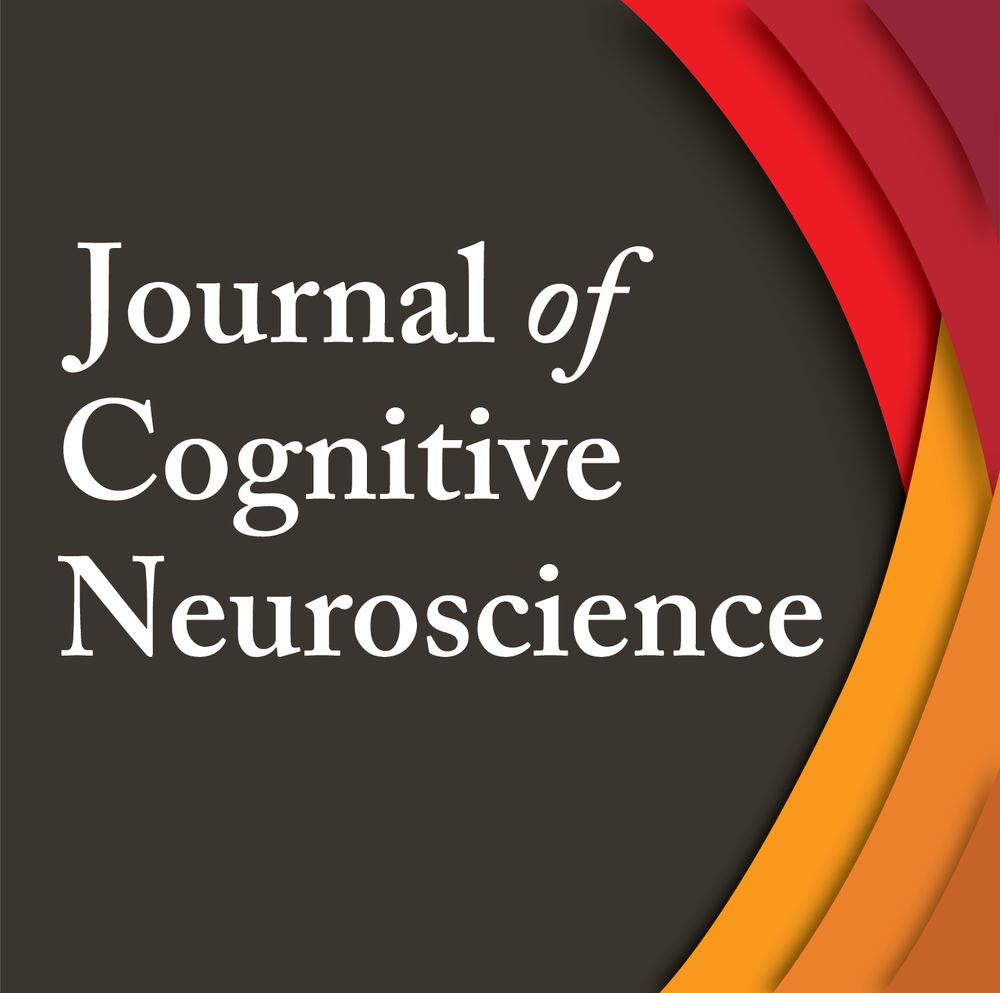

We may have an answer: integration of learned priors through feedback. New paper with @kenmiller.bsky.social! 🧵
We may have an answer: integration of learned priors through feedback. New paper with @kenmiller.bsky.social! 🧵
www.biorxiv.org/content/10.1...

www.biorxiv.org/content/10.1...
Our new @nature.com paper shows that neural activity switches from an 'evidence gathering' to a 'commitment' state at a precise moment we call nTc.
After nTc, new evidence is ignored, revealing a neural marker for the instant when the mind is made up.
rdcu.be/eGUrv

Our new @nature.com paper shows that neural activity switches from an 'evidence gathering' to a 'commitment' state at a precise moment we call nTc.
After nTc, new evidence is ignored, revealing a neural marker for the instant when the mind is made up.
rdcu.be/eGUrv
(w/ @sueyeonchung.bsky.social&Tony Movshon)

(w/ @sueyeonchung.bsky.social&Tony Movshon)
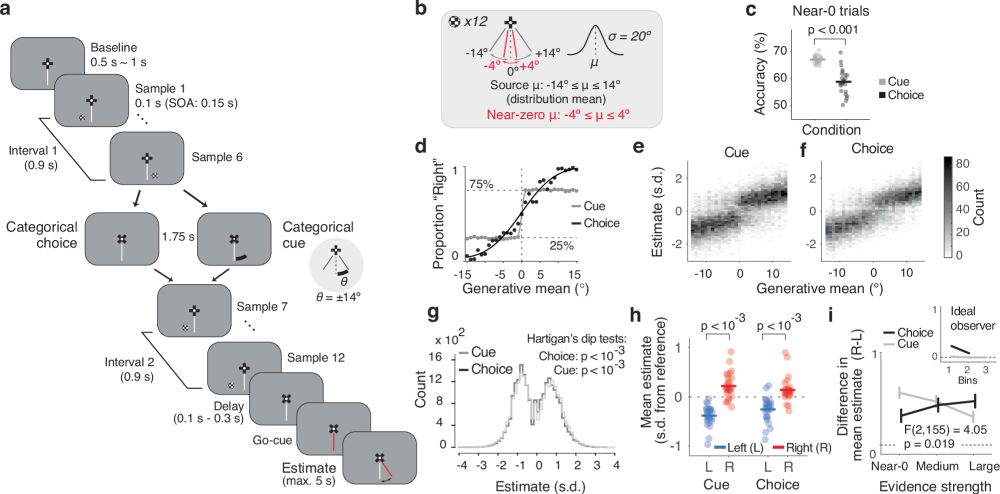

A population representation of the confidence in a decision in the parietal cortex: Cell Reports www.cell.com/cell-reports...
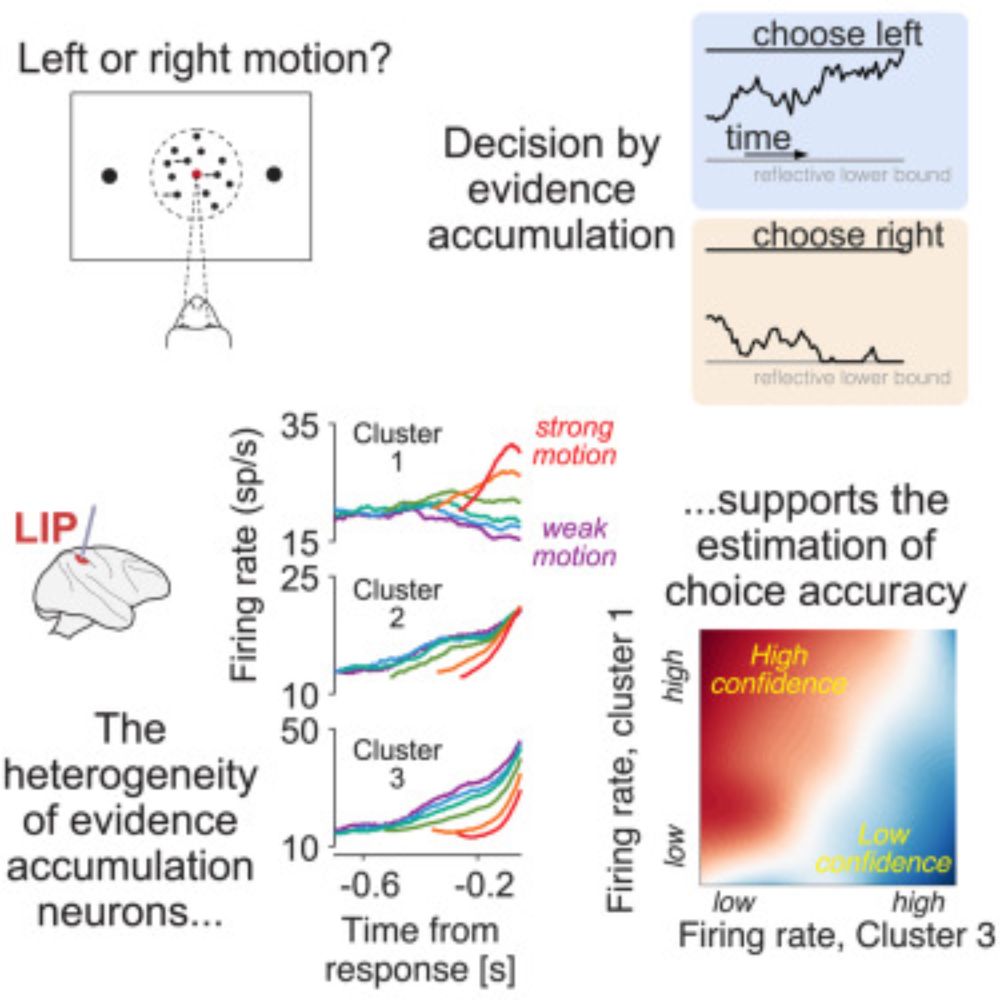
A population representation of the confidence in a decision in the parietal cortex: Cell Reports www.cell.com/cell-reports...
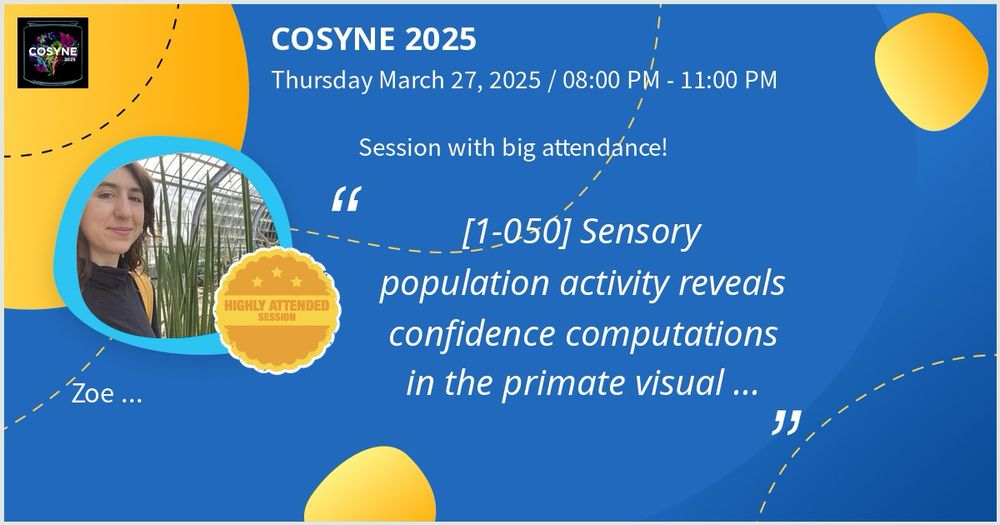
tinyurl.com/5n8yhxet
tinyurl.com/5n8yhxet
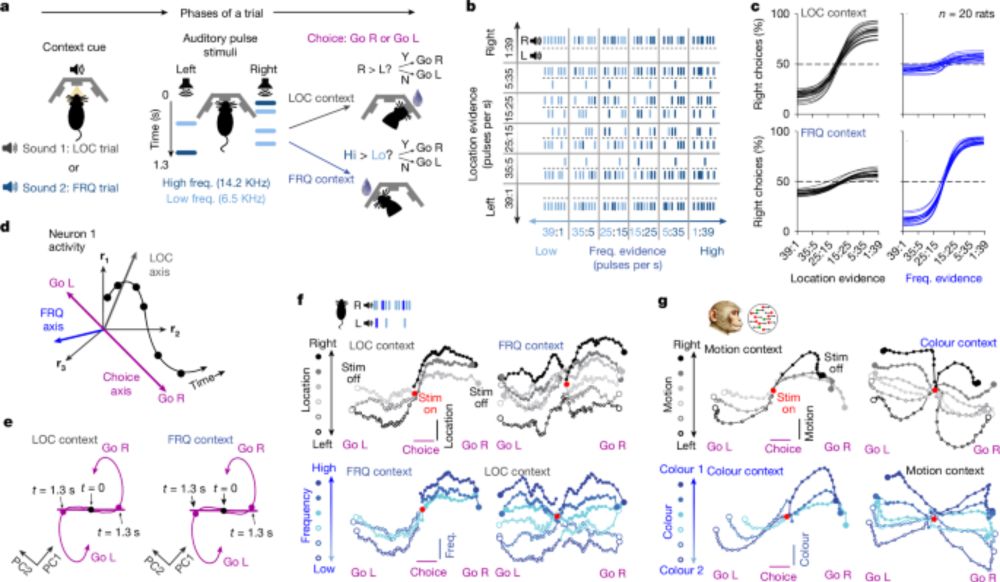
www.pnas.org/doi/10.1073/...
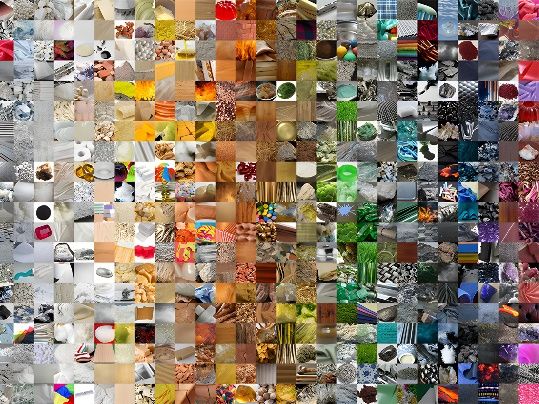
www.pnas.org/doi/10.1073/...
We must @standupforscience.bsky.social.
1/2

We must @standupforscience.bsky.social.
www.nature.com/articles/s41...
www.nature.com/articles/s41...
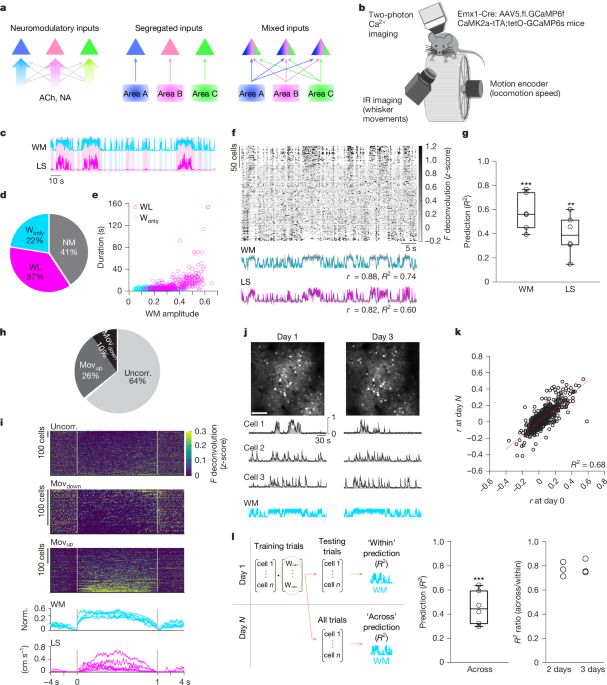
www.nature.com/articles/s41...
A big thanks to the reviewers who made the paper better!
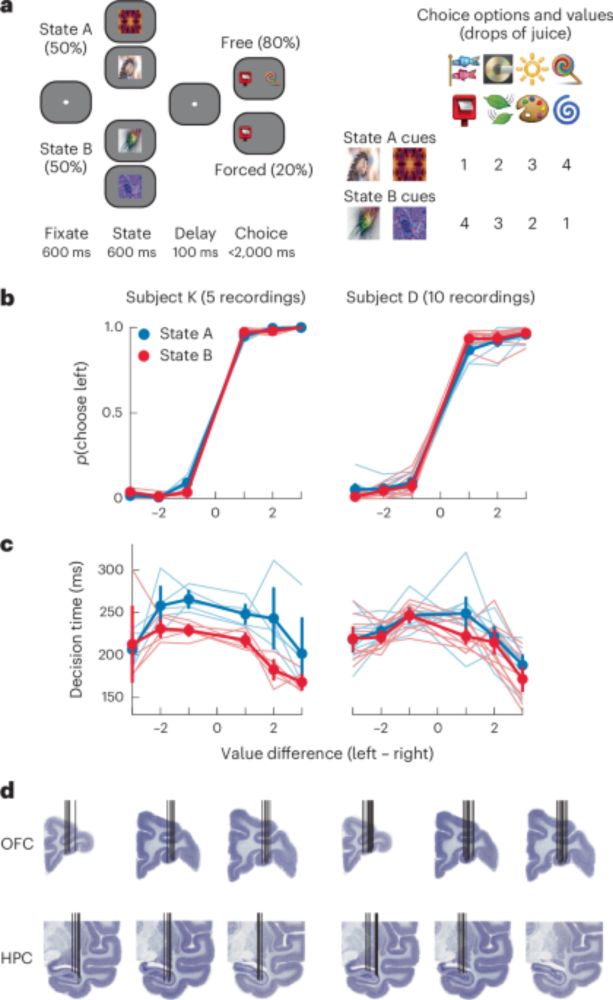
www.nature.com/articles/s41...
A big thanks to the reviewers who made the paper better!
Visual experience orthogonalizes visual cortical responses
Training in a visual task changes V1 tuning curves in odd ways. This effect is explained by a simple convex transformation. It orthogonalizes the population, making it easier to decode.
10.1016/j.celrep.2025.115235
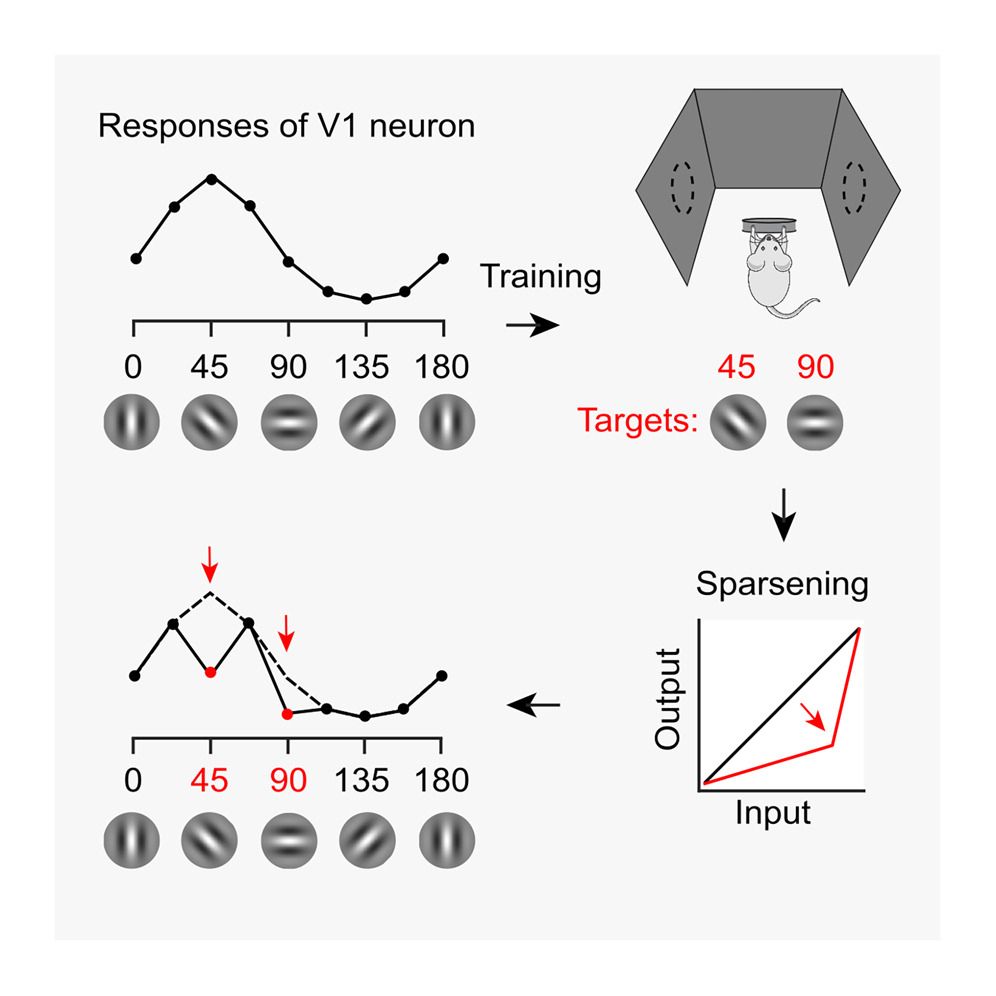
Visual experience orthogonalizes visual cortical responses
Training in a visual task changes V1 tuning curves in odd ways. This effect is explained by a simple convex transformation. It orthogonalizes the population, making it easier to decode.
10.1016/j.celrep.2025.115235

Spatiotemporal Style Transfer #STST is out on #NatureComputationalScience!
STST as a framework for dynamic visual stimulus generation to study brain and machine vision
feat. @siegellab.bsky.social
paper: www.nature.com/articles/s43...
code: github.com/antoninogrec...
🧵👇
Spatiotemporal Style Transfer #STST is out on #NatureComputationalScience!
STST as a framework for dynamic visual stimulus generation to study brain and machine vision
feat. @siegellab.bsky.social
paper: www.nature.com/articles/s43...
code: github.com/antoninogrec...
🧵👇
www.nature.com/articles/s41...
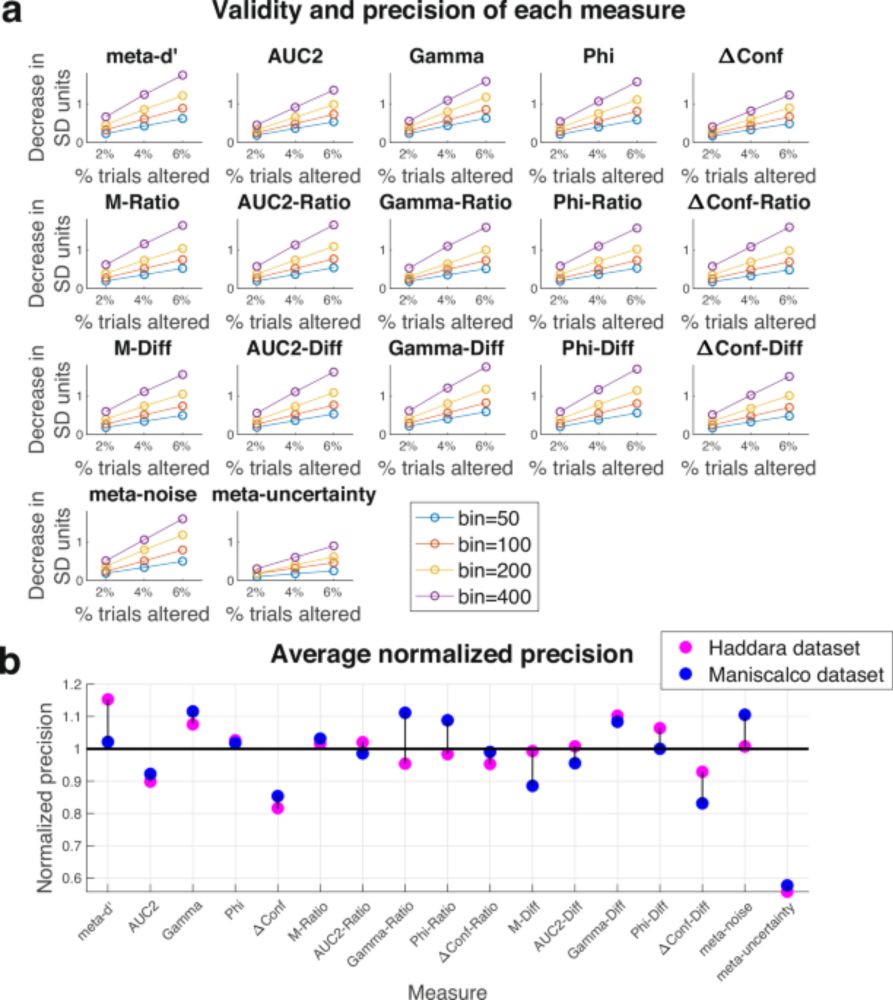
www.nature.com/articles/s41...
Doi.org/10.1073/pnas.2400273121
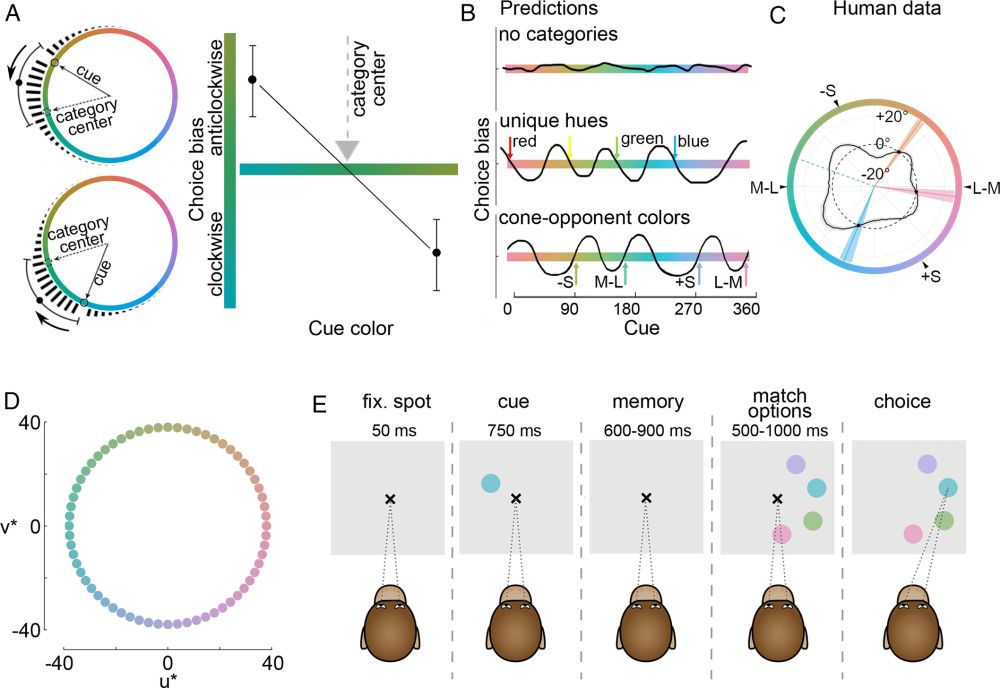
Doi.org/10.1073/pnas.2400273121
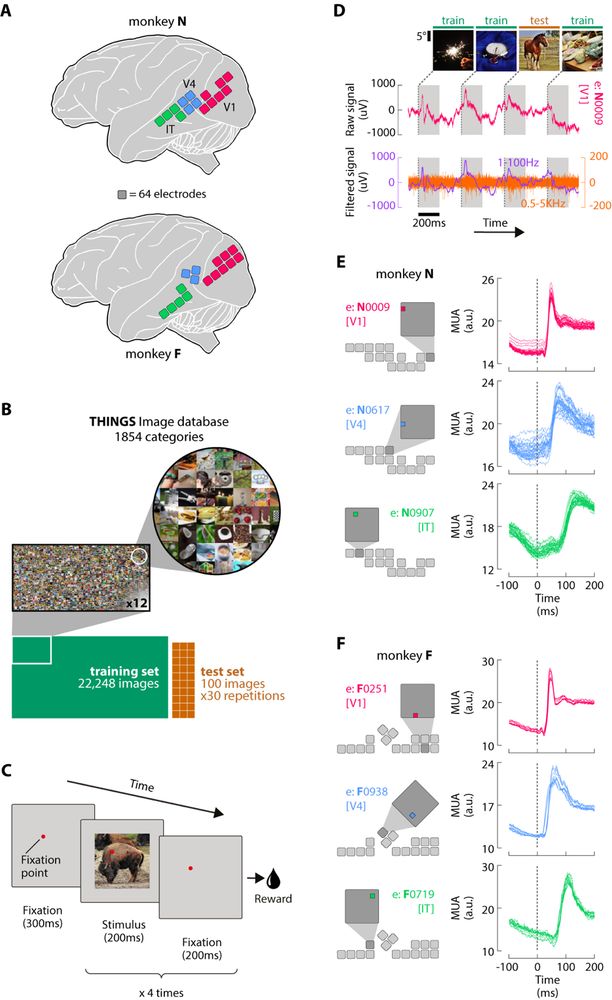
www.biorxiv.org/content/10.1...
🧠👩🏻🔬🧪🧵
#neuroskyence
1/

www.biorxiv.org/content/10.1...
🧠👩🏻🔬🧪🧵
#neuroskyence
1/
#NeuroAI
www.biorxiv.org/content/10.1...
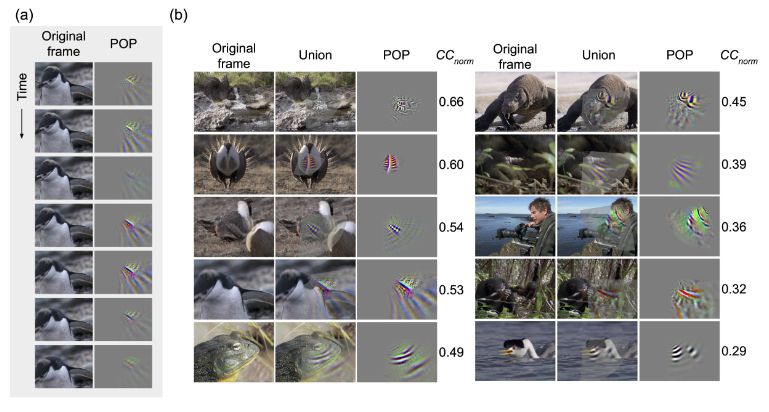
It's free to attend and will also be broadcast live on the RS YouTube channel (no pressure then 😅)
royalsociety.org/science-even...
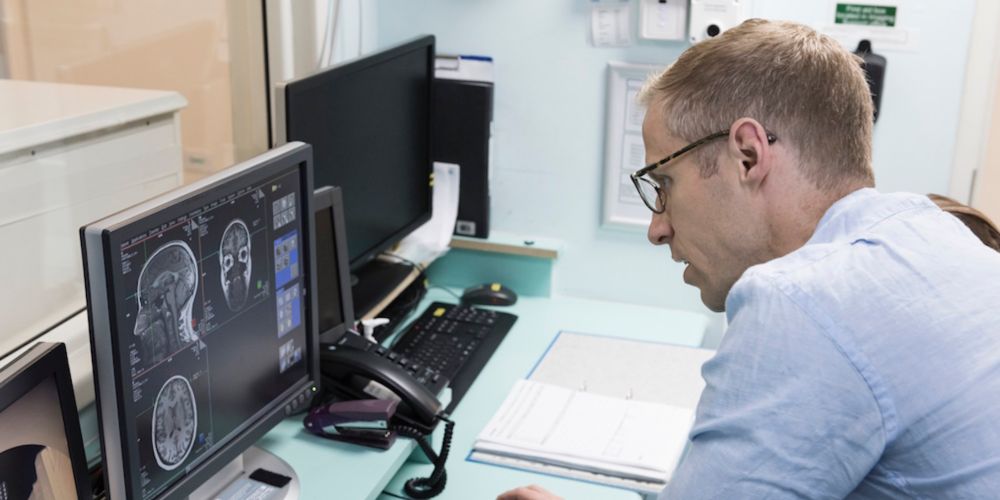
It's free to attend and will also be broadcast live on the RS YouTube channel (no pressure then 😅)
royalsociety.org/science-even...
